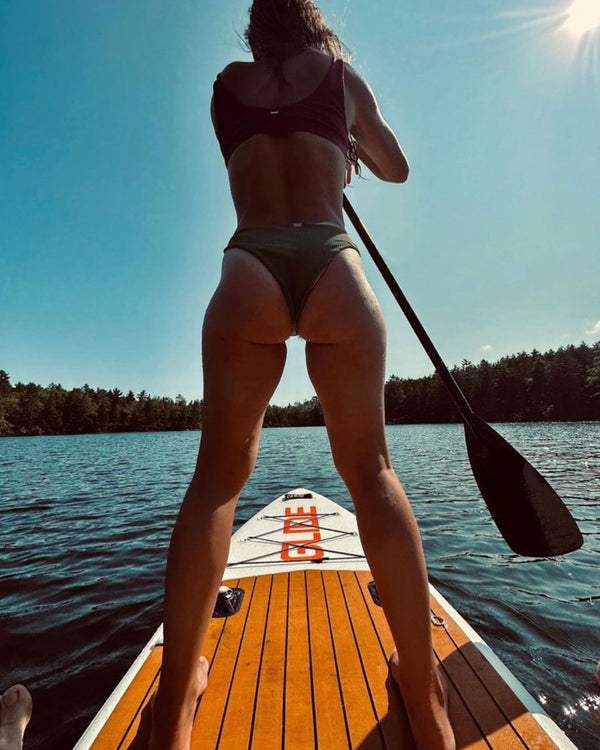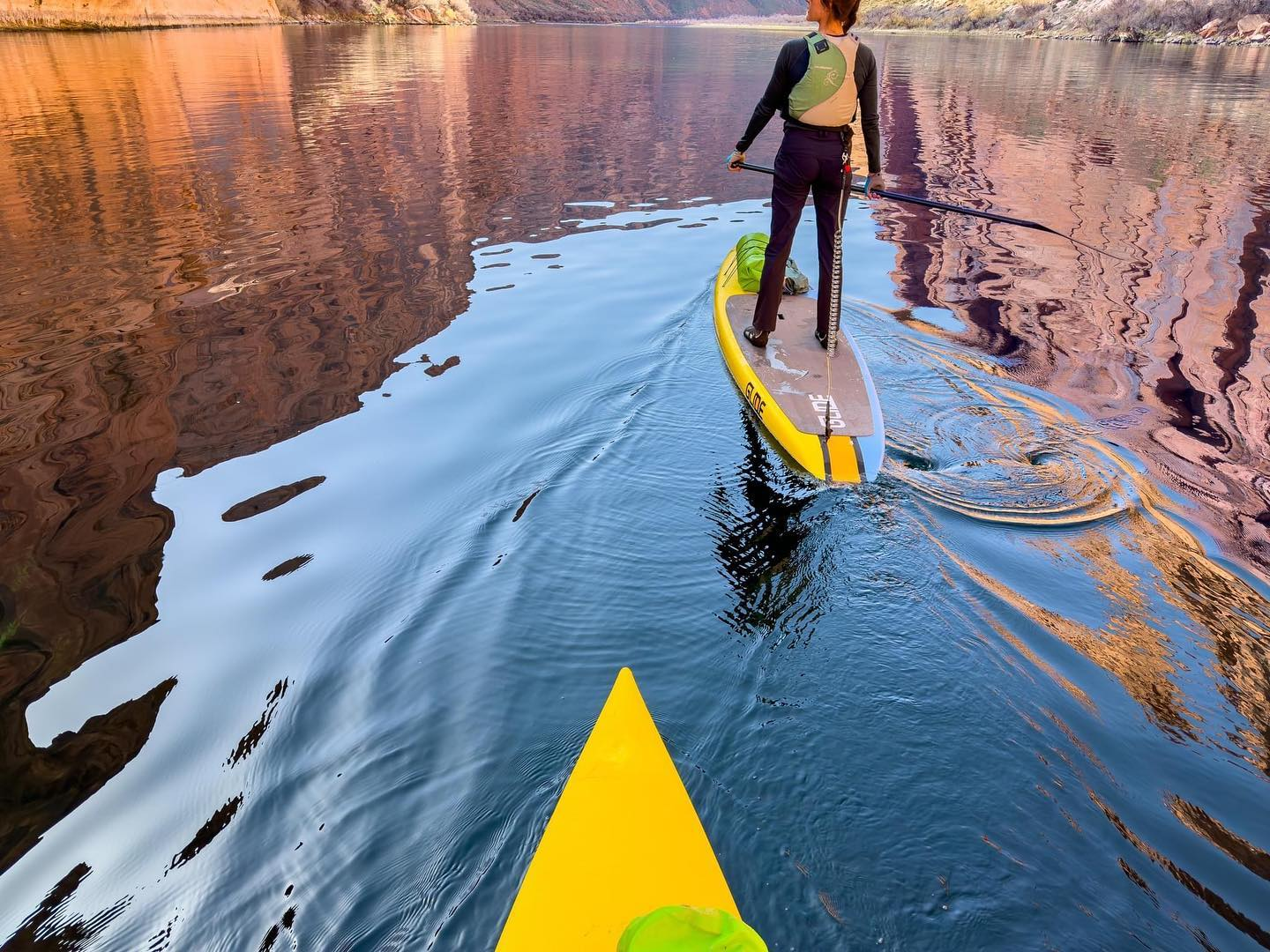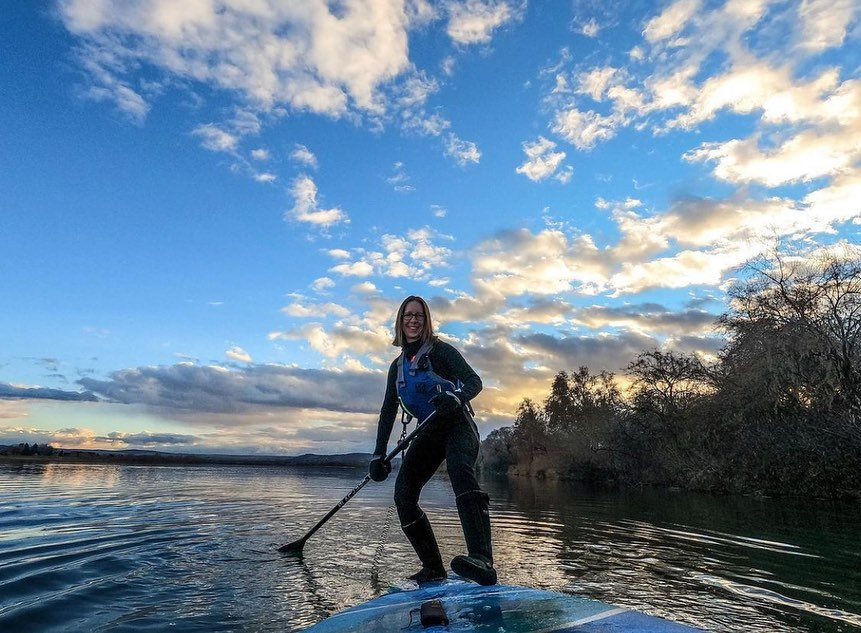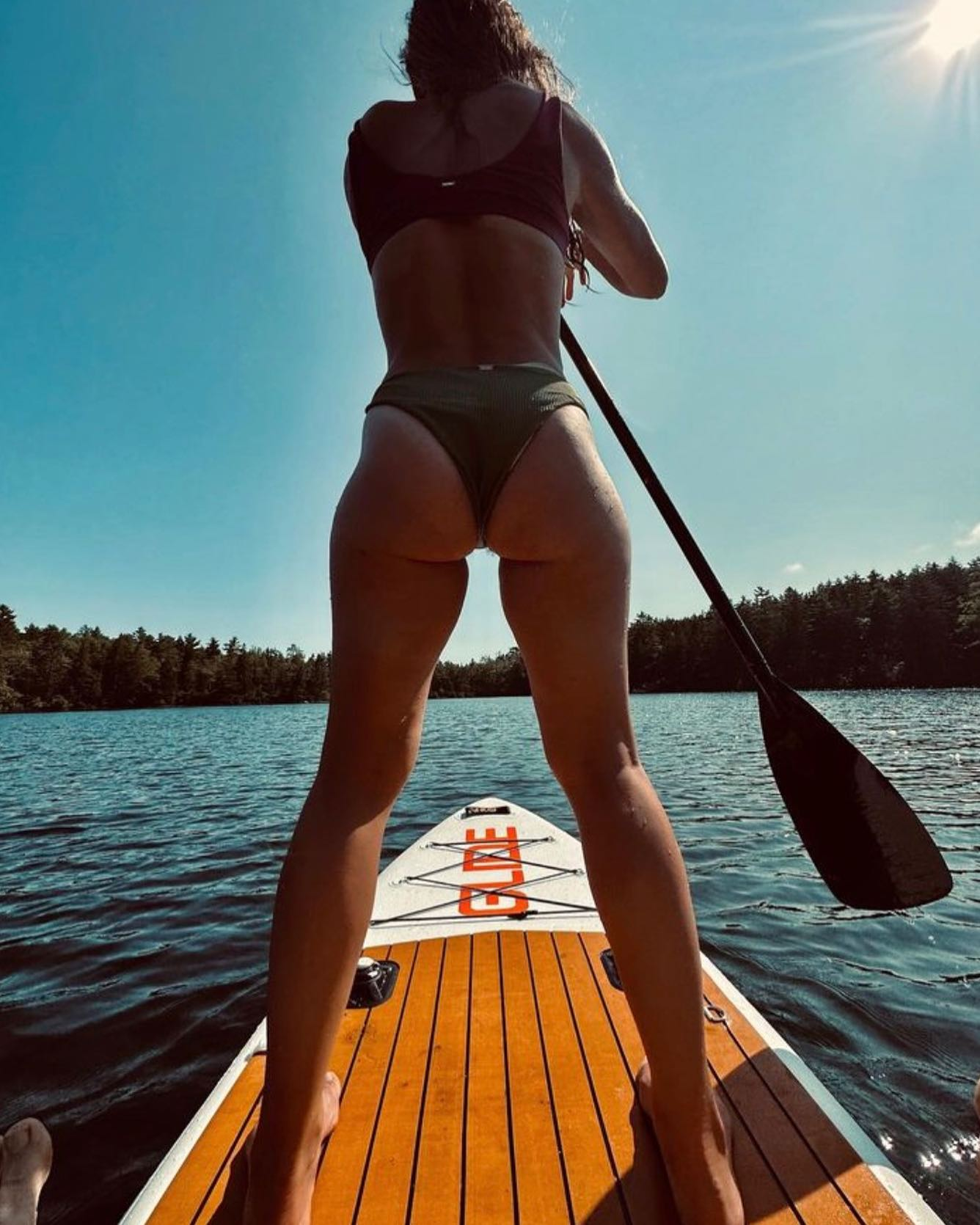
Where to Stand on Your Paddle Board
Learn where to stand on your paddle board for balance, speed, and control. Find the sweet spot, refine trim, adjust for surf, rivers, or fitness, and use quick drills to lock in confidence on any water.
A concise how-to on where to stand on a paddle board: it explains the sweet spot and trim, stance/posture basics, adjustments for different activities (speed, surf, rivers, yoga), common mistakes, quick practice drills, and safety essentials.
Table of contents
Let's discuss where to stand on a paddle board. Standing in the right place on your paddle board isn’t just a beginner tip—it’s the foundation for everything else you do on the water. Your stance affects balance, steering, speed, and how efficiently you can paddle over distance or in rougher conditions. Dial in stance first, and tracking straighter, turning cleaner, and bracing in chop all get easier.

Why stance matters more than you think
A board trimmed too far forward “plows” water and feels sticky. Too far back and the tail drags, the nose lifts, and you lose glide and control. Proper trim puts the hull at the angle the shaper intended, so the water releases cleanly off the tail and the board responds to small inputs—your feet, hips, and paddle.
Choosing a board (quick context that changes where you stand)
-
Inflatable SUPs: Generally thicker and more buoyant; the sweet spot is often directly over the carry handle or a hair behind it. Proper PSI is critical—under-inflation makes every stance feel wobbly.
-
Hard boards: Lower volume at the nose/tail can shift the sweet spot slightly. Touring and displacement hulls prefer a neutral or slightly aft stance for clean release. Surf shapes want you to dance around more—neutral to paddle out, step-back to turn or catch a wave.
-
Width and volume: Narrow, high-volume boards feel tippy if you stand too far forward. Wider boards let you err a touch forward without punishment but will slow if you overload the nose.
Set up before you stand
-
Fins seated fully and oriented correctly (no wiggle).
-
Deck pad clean/dry for traction.
-
Leash attached (coiled for flatwater; quick-release belt for rivers).
-
Correct inflation (match the board’s recommended PSI).
-
Stow weight centrally and low (water, drybag, PFD pocket items). Weight placement changes trim.
The universal starting point: the “sweet spot”
-
Start with your feet parallel and centered on the carry handle. That handle generally marks the balance point the board is designed around.
-
Look for neutral trim: the nose “kisses” the surface without burying; the tail isn’t squatting.
-
Make micro-moves: If the nose plows or sends spray forward, step back 1–2 inches. If the tail feels sticky or the nose rides high, step forward 1–2 inches.
Foot placement, posture, and paddle cues
-
Feet: Hip- to shoulder-width, straddling the carry handle.
-
Knees: Soft, springy, not locked.
-
Hips: Stacked over your heels; avoid leaning from the waist.
-
Eyes: On the horizon to stabilize your vestibular balance.
-
Paddle: Relaxed grip; bury the blade fully at the catch. Short power phase—exit around your feet.
-
Quiet board test: If your stance is right, the board rides quietly with minimal slap or spray.
Micro-adjustments that unlock stability
-
Offset stance: Slide your front foot a half-foot length ahead of the back foot. This adds fore-aft stability in side chop or boat wake without committing to a full surf stance.
-
Rail pressure: Slightly load the inside foot to correct yaw without switching sides every few strokes.
-
Staggered recovery: Practice tiny heel steps toward the tail, then recover to neutral. This builds confidence for quick turns and catching bumps.

Where to stand for different goals
Cruising and general fitness
Stay neutral over the handle. It’s the most efficient place for long, straight paddles. Keep a comfortable cadence and focus on quiet water release at the tail.
Speed and distance
Shift 1–3 inches behind center to “free” the nose. This reduces wetted surface and can add glide. Pair that stance with a higher cadence and shorter, cleaner strokes. Watch you don’t overdo it—if the tail squats, move forward a touch.
Surf and downwinding
Adopt a step-back stance: one foot near the handle, the other staggered toward the tail. As you accelerate on a bump or wave, continue stepping back to keep the nose from pearling and to pivot quickly. Your shoulders and hips should angle slightly down the line.
SUP yoga and fitness circuits
Center on the widest part of the board. Widen the stance for balance poses, and use soft knees during transitions. If the board rocks during poses, you’re likely slightly ahead of the sweet spot—nudge back an inch.
Fishing, photography, and gear-heavy missions
Go a bit wider than hip-width for a stable platform. Keep coolers/tackle centered and low. If the nose bogs under load, shift your stance 1–2 inches aft or move gear back until neutral trim returns. In wind or chop, kneeling for short stretches is smart, not a downgrade.
Rivers and current
Use neutral to slightly forward trim for quick bow engagement. This helps the board bite into the current and respond to draw or sweep corrections. Only use a quick-release belt leash; never ankle leashes in current.
Troubleshooting: what your board is telling you
-
Veering off course: Shorten your power phase, bury the blade earlier, and add a whisper of inside-foot pressure.
-
Nose submarines: Step back an inch or two, increase cadence, and ensure you’re not overreaching at the catch.
-
Tail drags/board feels sticky: Step forward slightly, check fin choice (too large = more drag), and verify PSI.
-
Tippy in side chop: Widen stance, lower your hips, angle the board 10–15° into the chop, and keep your eyes up.
-
Ankles burning quickly: You’re fighting the board. Widen your stance a bit, soften knees, and trust small hip adjustments over foot shuffling.
Fin setup and load placement (quiet wins speed)
Even the perfect stance can be sabotaged by fins or cargo. Larger, more raked touring fins improve tracking but add drag; smaller, more upright fins loosen the tail and turn easier. If you’re constantly correcting yaw, try a touch more fin or slide the fin back. If the board feels glued to the water, a smaller or more upright fin can help. Keep loads centered over the handle whenever possible; a nose-heavy board punishes your legs and kills glide.
Practice drills (5–8 minutes to lock it in)
-
Trim taps: In flat water, inch forward and back until the board goes quiet—memorize that foot placement.
-
Rail balance: Paddle 5 strokes per side with the board level; use core and hips, not shoulders.
-
Micro step-backs: Lift your back heel and place it 2–3 inches toward the tail, then recover. Add a gentle sweep to feel the turn.
-
Target tracking: Pick a distant point and paddle 20–30 strokes with minimal course corrections. Adjust stance and blade angle, not brute force.
-
Chop ladder: In light wind, widen stance one notch and keep paddling upwind/crosswind for 2 minutes; recover neutral downwind. Repeat.
Common myths, debunked
-
“Wider stance is always better.” Too wide locks your hips and slows transitions. Start hip-width; widen only as conditions demand.
-
“Stand forward for speed.” A tiny aft shift often frees the nose and adds glide; forward stances can plow unless you’re intentionally engaging the bow (rivers).
-
“If it’s tippy, it’s the board.” Many stability issues are trim or technique. Fix stance and cadence first, then evaluate gear.

Progression plan (quick wins over four sessions)
-
Session 1: Find and mark (mentally) your sweet spot. Do trim taps and target tracking.
-
Session 2: Add offset stance in light chop; practice micro step-backs.
-
Session 3: Work step-back turns in calm water; recover to neutral cleanly.
-
Session 4: Blend skills—neutral to offset to step-back—based on wind, wake, or small bumps.
Safety basics you should never skip
Wear a USCG-approved PFD, carry a whistle where required, and use the correct leash for your waterway. Check local rules and conditions before you launch. Skill doesn’t replace safety gear—use both.
FAQs
Where exactly should I stand on a new board?
Start by straddling the carry handle. Adjust 1–2 inches forward/back until the nose just kisses the surface and the tail doesn’t squat.
How wide should my stance be?
Hip- to shoulder-width for most paddlers. Widen slightly in chop or when carrying gear; narrow a touch for smooth, fast cadence on glassy water.
Why does my board keep turning?
You’re likely pulling past your feet or loading one rail. Shorten the power phase, bury the blade early, and add subtle inside-foot pressure.
When do I use a step-back stance?
For quick turns, catching bumps, or surfing. Practice tiny heel steps toward the tail and recover to neutral smoothly.
Should I stand forward for speed?
Usually no. A slight aft shift (1–3 inches behind center) frees the nose for better glide. If the tail drags, move forward a touch.
My ankles burn—what am I doing wrong?
Likely fighting trim or standing too narrow. Widen a bit, soften knees, and make small hip corrections instead of constant foot shuffling.





